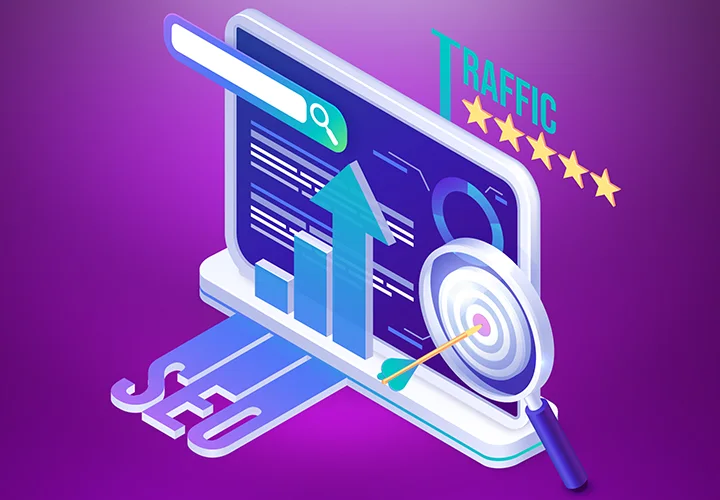
Processing – During this Stage, Google aims to understand the user’s intent behind the query by using the search term.
Calculating Relevance – The search engine’s algorithm evaluates various factors, like keyword relevance, content quality and the authority of the web page. This calculation ensures that reliable results are prioritised for the user.
Retrieving Results – This stage completes the search process, providing the user with a tailored set of results that align with their information needs.









